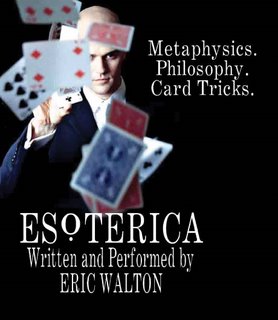October 16, 2006 Posted by Jay Livingston
The New York Walk last Saturday. Here we are, some of us, after lunch, sitting on a bench in Tomkins Square Park in the East Village.

(Left to right: Yasemin, George, Tracy, Marisella, Nila, Laura, Jay)
Some of the people on that bench have been doing this walk for thirty years; others were first-timers. That difference became a theme running through my mind for much of the afternoon, for I realized that a lot of the time, even when our eyes were focused on the same sights, we weren’t really seeing the same thing.
My first inkling of this came soon after we left Port Authority. Our first stop was a flea market on a closed-to-traffic block of 39th St. One of the booths was selling old magazines, and two of our younger walkers and I were leafing through them looking at ads and photos from the 1950s and 60s. For the twenty-year-olds, this was history. Even though these girls pointed out the style elements that had come back into fashion, they might as well have been looking at pictures of Marie Antoinette. But for me it was memory, not history. I knew those clothes, those news stories, those celebrities. They were part of my biography. C. Wright Mills says that sociology is about the intersection of history and biography, and here it all was on W. 39th St.
The same was true of New York geography. If you see Times Square for the first time, it’s very impressive— the buildings, the lights, the tourists. But I wasn’t seeing just those things. I was also remembering what it used to look like ten or twenty or thirty years ago. I wished that I could have shown these kids pictures so that they too could understand the transformation and think about how it had happened.
Sometimes the historical juxtapositions are there for all to see. The New York Public Library at 42nd and Fifth, one hundred years old—broad steps and stone lions outside, and  inside the feeling of something vast and solid. You can’t help feeling that you’ve walked into another century. In the reading room upstairs (what library today would have such high ceilings on an upper floor?), on the long, oak tables, you don’t see many books, just flat-screen computer monitors.
inside the feeling of something vast and solid. You can’t help feeling that you’ve walked into another century. In the reading room upstairs (what library today would have such high ceilings on an upper floor?), on the long, oak tables, you don’t see many books, just flat-screen computer monitors.
Grand Central, too, is nearly a hundred years old. The main room looks and feels largely unchanged, but downstairs, the old walls house a food court with several interesting fast-food restaurants.

(Officially it’s called the “dining concourse” so as to distinguish it from the food court at a suburban mall.) The most fascinating thing for sociology walkers seemed to be the “whispering gallery.”
From Grand Central, we took a very crowded subway down to Astor Square. Tower Records nearby is going out of business. The name says it all: they are a victim of technological change. The change from records (LPs) to CDs was minor; you still have to buy some physical object in a store. But with CDs giving way to MP3 downloads online, it's game over.
The East Village is a study in urban transformation. Here are Laura and Nila at Pommes Frites, a hole-in-the-wall on Second Ave at 8th St. that sells nothing but French fries. Lots of them. As much as 1000 pounds a day.
It’s Nila’s first time here, but Laura grew up just a couple of blocks away long before gentrification came to the East Village. Back in the day, Pommes Frites would have been unthinkable here. And the trendy and pricey restaurants you see now at every corner down here — fuggedaboudit.







